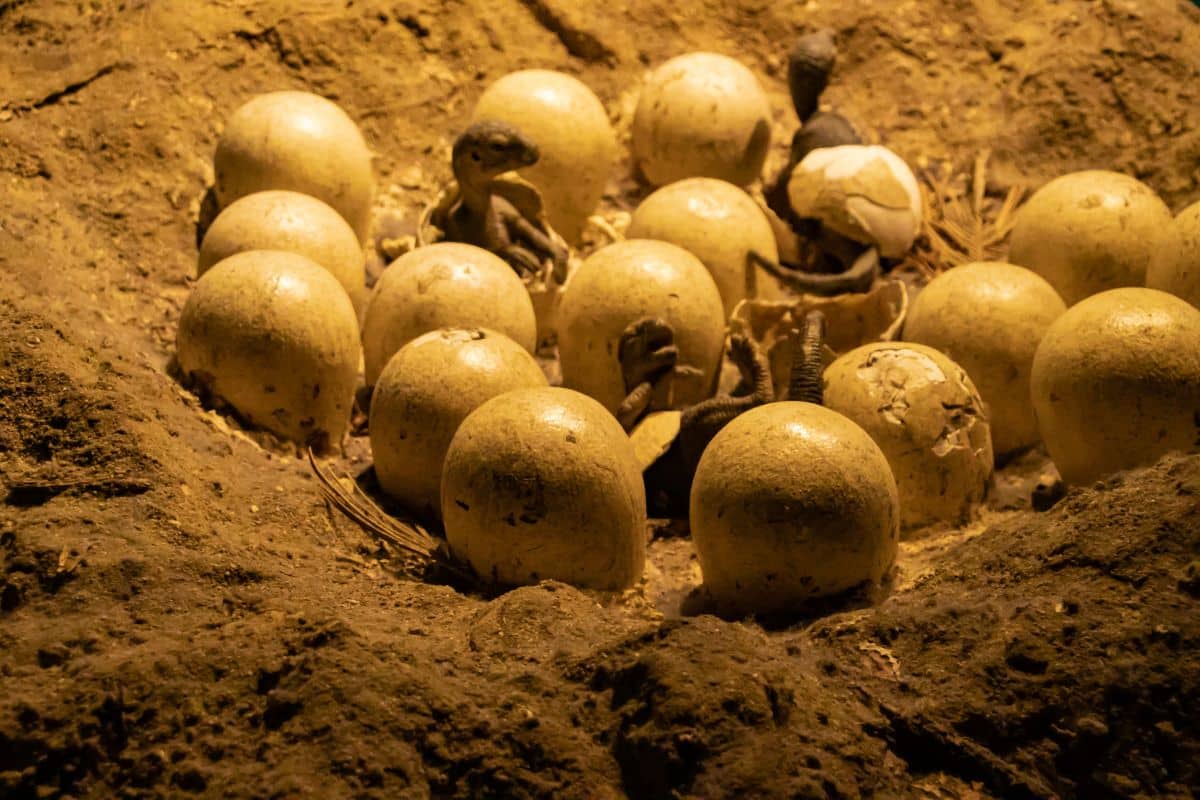
A 70-million-year-old dinosaur embryo has been remarkably preserved within a fossilized egg, marking a significant discovery in paleontology. This specimen is among the best-preserved dinosaur embryos ever found, providing researchers with a unique opportunity to explore the developmental processes and hatching behaviors of these ancient creatures.
The fossil, unearthed in Missouri, unveils key insights into the evolutionary ties between dinosaurs and contemporary birds, revealing notable parallels in their embryonic development.
A Window into the Past: The Embryo Discovery
Fossilized dinosaur eggs are incredibly scarce, making the finding of one containing an intact embryo exceptionally rare. This discovery offers an extraordinary look at how dinosaurs developed, allowing paleontologists to analyze its form, positioning, and possible behaviors before hatching.
The embryo, preserved while still within its egg, provides valuable information about how certain dinosaurs might have prepared for their emergence. Its curled position closely mirrors that of modern bird embryos, prompting further discussion on the evolutionary connections shared between these two groups.
This fossil was found in Missouri, an area not commonly linked to significant dinosaur findings. The region was once part of an ancient coastline, suggesting that the egg was likely buried in sediment, allowing for its incredible preservation over millennia.
The Enigma of the Unhatched Embryo
One of the pressing questions regarding this discovery is why the dinosaur never hatched. Scientists hypothesize that environmental factors, predation threats, or even natural deformities may have led to the embryo’s eternal entrapment within the egg.
While fossils of eggs themselves are rare, an egg housing a well-preserved embryo is an even more extraordinary find. This specimen serves as a snapshot of ancient life, frozen in time.
Implications for Dinosaur Evolution
The positioning of the embryo within the egg mirrors a behavior observed in modern bird embryos known as tucking, where the head is tucked beneath the wing for more effective hatching. This indicates that dinosaurs may have exhibited bird-like behaviors even prior to birth, reinforcing the evolutionary link between these two groups.
Research teams are optimistic that additional studies of this fossilized embryo will uncover more about dinosaur reproduction and growth patterns. Might other dinosaur species have displayed similar bird-like behaviors?
This discovery serves as yet another piece of the puzzle connecting our ancient past to today’s avian species.
A Rare Insight into Prehistoric Existence
This finding underscores the significance of ongoing paleontological research. As excavation techniques advance and more fossils are discovered, scientists are poised to make further groundbreaking revelations about dinosaur life.
Although this dinosaur never completed its journey from egg to adulthood, its fossil remains provide the scientific community with a rare and invaluable glimpse into the world of prehistoric life. The examination of this embryo will continue to illuminate research concerning dinosaur reproduction, growth, and the evolutionary shift to birds.
This study was published in Live Science.









